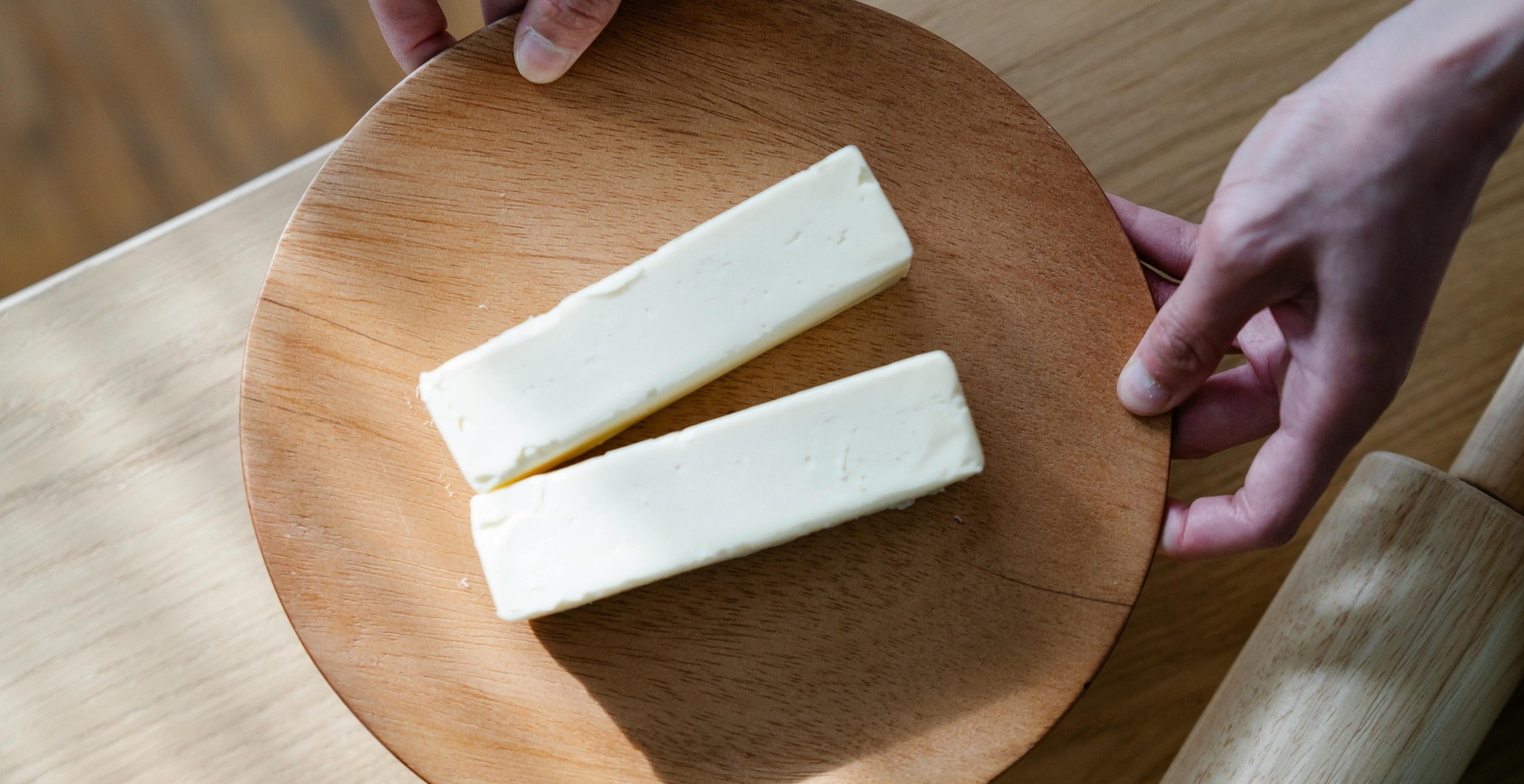
The Critical Role of Dough Hydration in Bread Making
The Critical Role of Dough Hydration in Bread Making
Dough hydration plays a pivotal role in bread making, as it directly influences the softness, elasticity, and overall texture of the final product. Precise control of dough hydration is essential to ensuring consistent quality in bread. This article provides an in-depth explanation of how to calculate dough hydration, adjust it based on flour types, and analyze its multifaceted impact on bread quality.
1. Calculating Dough Hydration
Dough hydration refers to the percentage of water weight relative to the weight of the flour in the dough. It is a key metric for assessing the dough’s moisture level and handling characteristics. The calculation formula is as follows:
Dough Hydration (%) = (Total Weight of Water in the Dough ÷ Weight of Flour) × 100%
1.1 Direct and Indirect Water Contributions
In addition to water added directly to the dough, other liquid ingredients, such as milk, whole eggs, yogurt, and cream, also contribute to the dough’s total water content. These ingredients have varying water percentages, which must be converted into their water equivalents for accurate calculations. Below are the typical water content values for common liquid ingredients:
Whole eggs: ~76% water content
Milk: ~90% water content
Cream: ~55%-70% water content
1.2 Example Calculation
Consider a recipe with the following ingredients:
Water: 200 g
Whole eggs: 100 g
Cream: 50 g (assumed to have 60% water content)
Flour: 400 g
Steps for calculation:
1. Calculate the water equivalents of liquid ingredients
Water from whole eggs = 100 g × 76% = 76 g
Water from cream = 50 g × 60% = 30 g
2. Calculate the total water content
Total water = 200 g (direct water) + 76 g (whole eggs) + 30 g (cream) = 306 g
3. Calculate the dough hydration
Hydration = 306 g ÷ 400 g × 100% = 76.5%
By following this method, the total water content of the dough can be accurately determined, ensuring optimal hydration for processing and baking.
2. Adjusting Hydration Based on Flour Types
Different types of flour have varying water absorption capacities due to their intrinsic properties. The following factors must be considered to fine-tune dough hydration:
2.1 Protein Content
High-protein flour: Absorbs more water and is typically used for bread products with a strong gluten structure, requiring reduced water proportions.
Low-protein flour: Absorbs less water and is often used for pastries and cakes, necessitating an increase in water content.
2.2 Grain Size and Milling Method
Fine-milled flour: The finer the particles, the greater the water absorption capacity, requiring less water.
Coarsely-milled flour: Has lower water absorption and requires additional water to achieve the desired dough consistency.
3. The Impact of Dough Hydration on Bread Quality
3.1 Dough Properties
Adequate water content allows the proteins in flour to hydrate and form a strong gluten network, which enhances the dough's elasticity, softness, and extensibility, facilitating shaping and processing. Insufficient water weakens the gluten network, while excessive water results in sticky dough that is difficult to handle.
3.2 Fermentation Performance
Water is essential for yeast activity and fermentation. Proper hydration promotes efficient yeast metabolism, enabling the absorption of nutrients and the production of carbon dioxide, which helps the dough expand and develop a desirable crumb structure. Conversely, low hydration limits yeast activity, adversely affecting dough volume and texture.
3.3 Bread Texture and Shelf Life
Texture: Optimal hydration produces bread with a soft, chewy crumb and a pleasant bite.
Shelf life: Overhydrated bread may spoil more quickly, while underhydrated bread loses moisture rapidly, leading to staleness.
3.4 Crumb Structure and Bread Style
High hydration: Encourages the formation of large air pockets, making it suitable for bread with open crumb structures, such as French baguettes.
Low hydration: Produces a denser crumb with smaller, more uniform air pockets, ideal for bagels and sandwich loaves.
4.0 Conclusion
Dough hydration is a critical parameter in bread making, influencing every stage of production from recipe design to the final product. Accurate calculation and appropriate adjustment of hydration levels allow bakers to produce bread with the desired texture, flavor, and structure. By tailoring water content to match flour characteristics and recipe requirements, bakers can achieve the best possible quality in their bread products while meeting diverse consumer preferences.
Recent Posts
See All
Shortening vs. Margarine vs. Refined Oil: What Bakers Need to Know
Discover how shortening, margarine, and refined oil each impact bread texture, flavor, and dough performance. This guide helps bakers choose the right fat and understand ideal usage levels for smoother production and better-quality bread.
Read
The Rise of Automated Bakery Equipment: How Automation is Transforming the Industry
Explore how automated bakery equipment is revolutionizing baking, increasing efficiency, improving product quality, reducing costs, and enhancing food safety. Learn about the latest technologies and future trends in bakery automation.
Read
Unveiling the Truth About Bread Staling: From Science to Preservation Tips
Why does bread become stale and hard? This article explores the scientific causes of bread staling, including starch retrogradation, temperature control, and packaging importance. Learn how professional bakers preserve bread’s freshness and softness through proper storage and production techniques.
Read